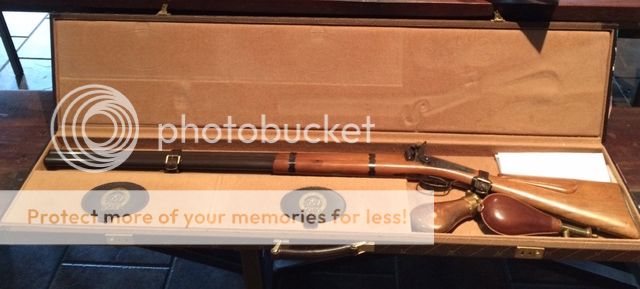Well, I'm a bit bored tonight. Have a hour or so before I head out for a tequila or five. In the mean time I thought I might make an instructional post.
A lot of these guns posted here here are older. And a big topic of conversation in the shotgun forum is "can I use modern ammo in this old gun?"
The answer should properly be "depends" because it depends on a host of things but the problems that can arise are usually one of two things. In very rare circumstances the barrels can burst from excessive pressure at or just ahead of the chamber, likely causing significant injury to the shooter.
A far more common and less dangerous problem is a cracked or broken stock from excessive recoil that comes from shooting loads that are too heavy for the gun. After 80-120 years the wood has weakened, is now soaked in oil and has shrunk away from a good and tight wood to metal fit. With the wood moved away from the metal, with each firing, the metal slams back into the wood, ensuring it is only a matter of time before the stock cracks.
A good way to avoid the problem of a broken stock is to have the inletted portion of the wood glass bedded when the stock is off for a refinishing (or just glass bed it anyway).
Here is a gun I had restored about 10 years ago, before I knew what I was doing.
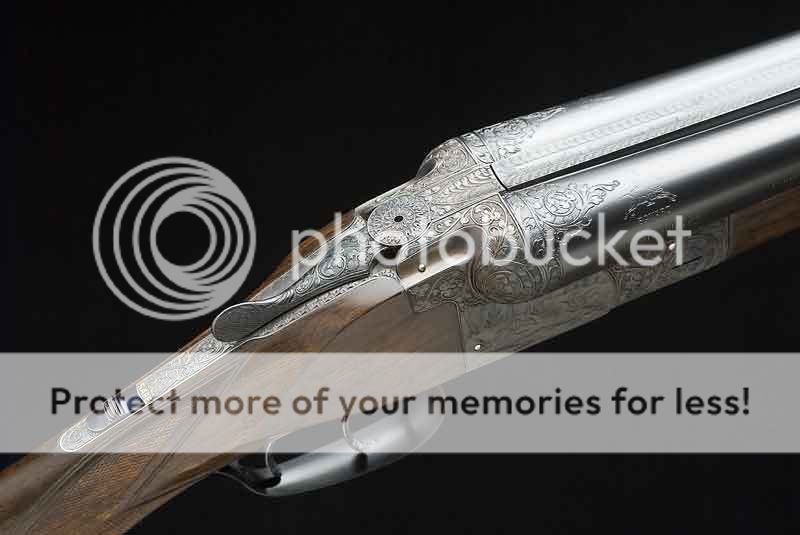
Here's that gun after a day shooting pheasant a couple years ago:
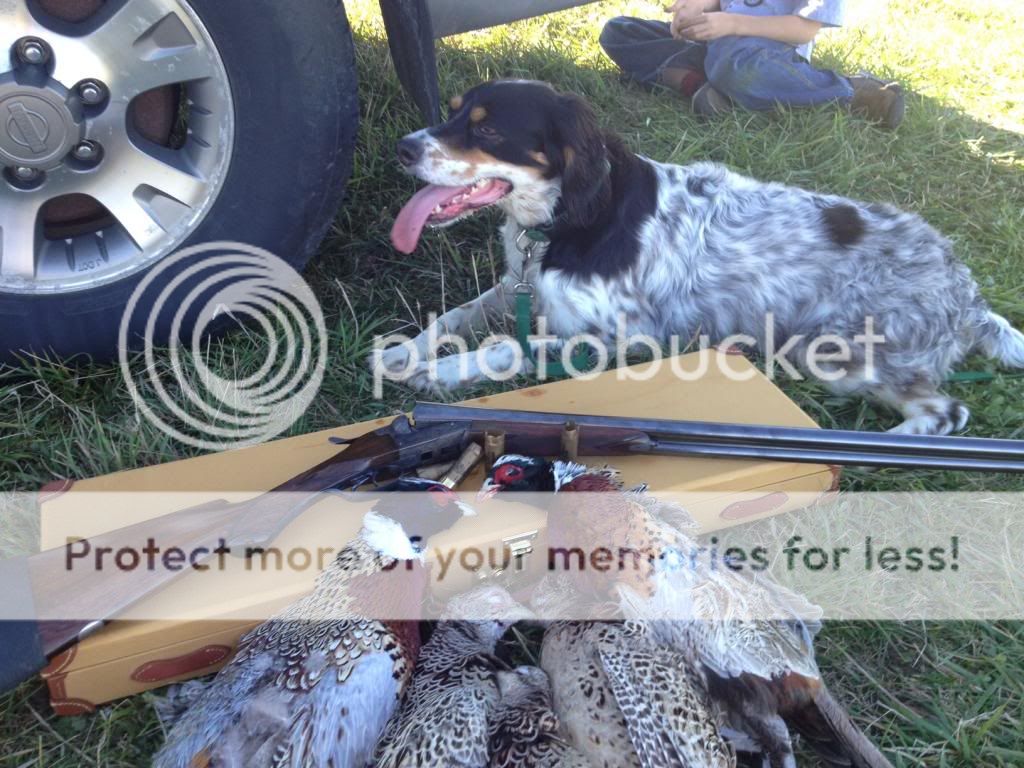
Here is some detail:

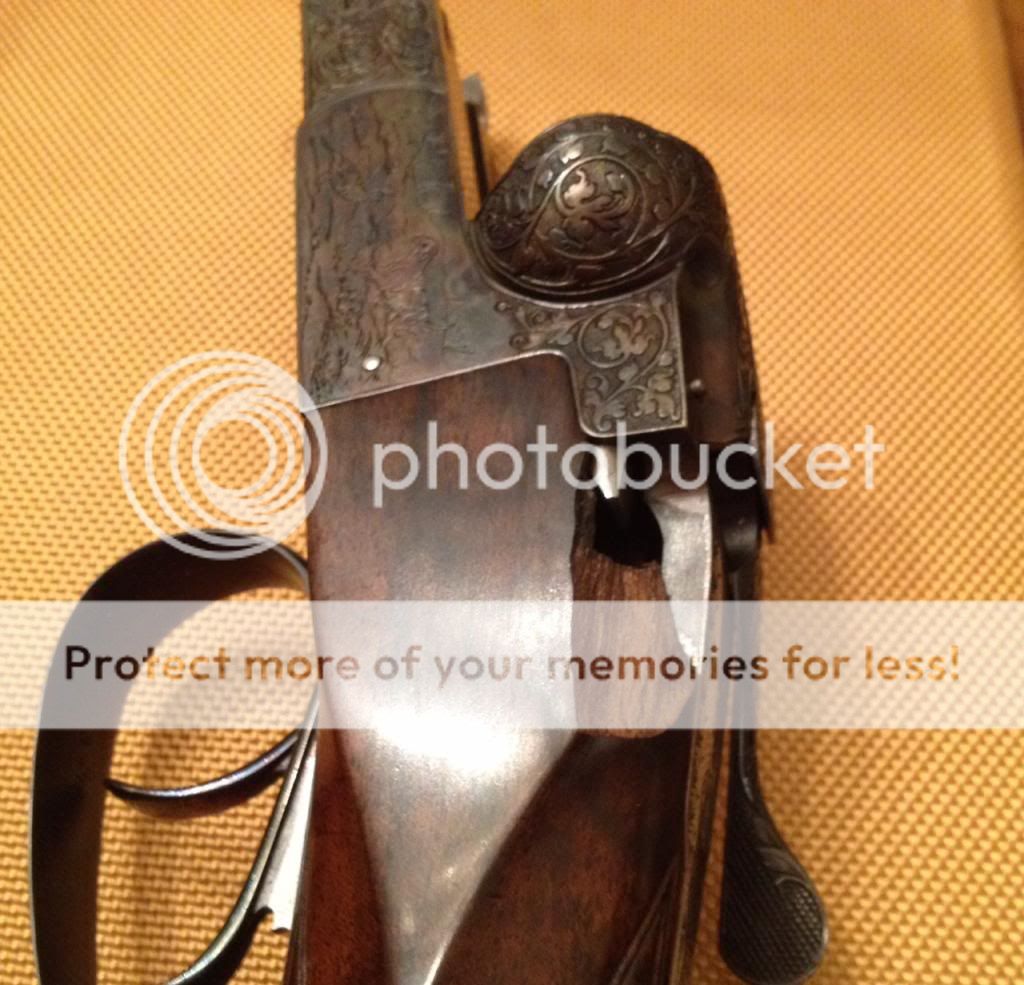
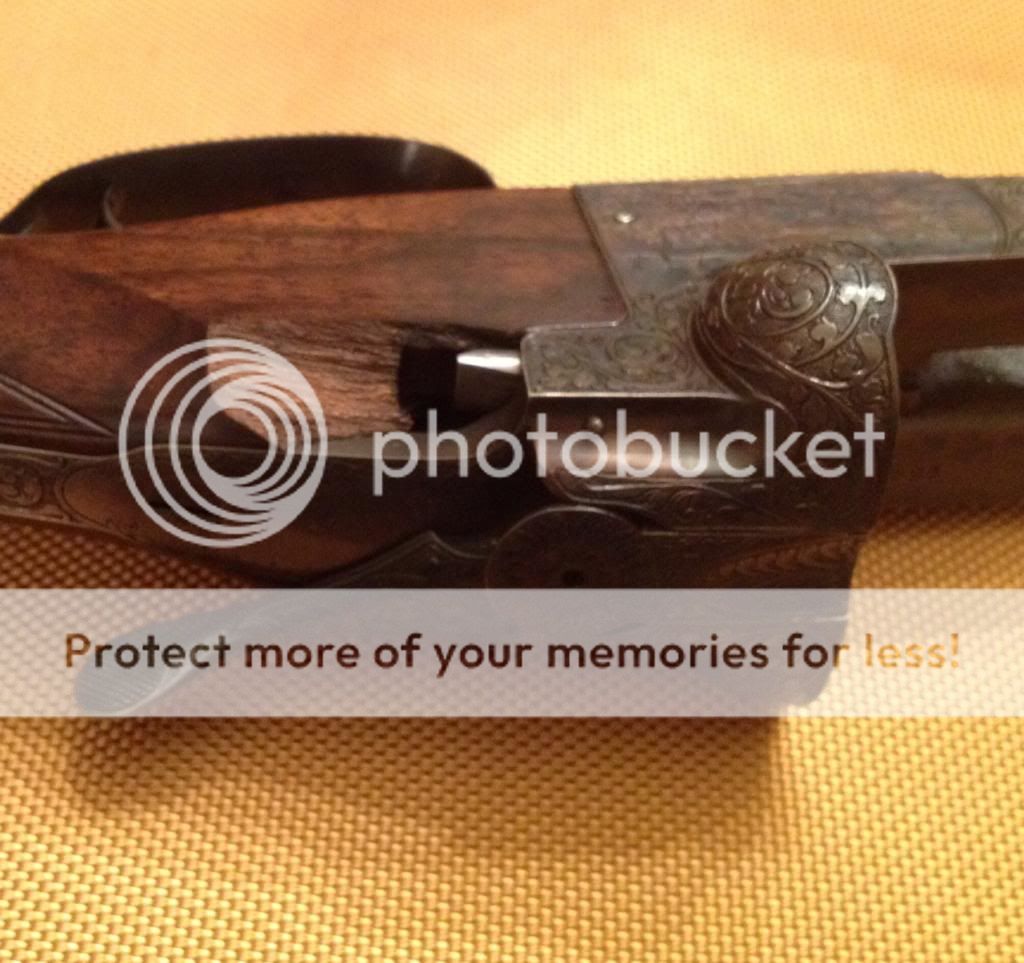
This gun will shortly be sent off for repair but had I had the stock glass bedded, it would likely not have cracked. I don't shoot heavy loads.....those were 1 oz that day, but the wood can't take it without a great wood to metal fit.
Glass bedding solves the problem.
A lot of these guns posted here here are older. And a big topic of conversation in the shotgun forum is "can I use modern ammo in this old gun?"
The answer should properly be "depends" because it depends on a host of things but the problems that can arise are usually one of two things. In very rare circumstances the barrels can burst from excessive pressure at or just ahead of the chamber, likely causing significant injury to the shooter.
A far more common and less dangerous problem is a cracked or broken stock from excessive recoil that comes from shooting loads that are too heavy for the gun. After 80-120 years the wood has weakened, is now soaked in oil and has shrunk away from a good and tight wood to metal fit. With the wood moved away from the metal, with each firing, the metal slams back into the wood, ensuring it is only a matter of time before the stock cracks.
A good way to avoid the problem of a broken stock is to have the inletted portion of the wood glass bedded when the stock is off for a refinishing (or just glass bed it anyway).
Here is a gun I had restored about 10 years ago, before I knew what I was doing.

Here's that gun after a day shooting pheasant a couple years ago:

Here is some detail:



This gun will shortly be sent off for repair but had I had the stock glass bedded, it would likely not have cracked. I don't shoot heavy loads.....those were 1 oz that day, but the wood can't take it without a great wood to metal fit.
Glass bedding solves the problem.
























































